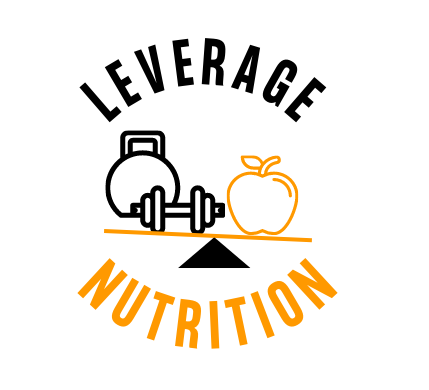
Recipe: Peanut Butter Energy Balls
Peanut Butter Energy Balls
Skill Level
Easy
Time
10 min
Servings
10
Calories
173
Protein
7g
Fat
9g
Carbs
16g
Equipment Needed
- Medium mixing bowl
Ingredients
- 1 cup rolled oats
- 1/2 cup (8 tablespoons [level off]/ 5 spoonfuls) natural peanut butter
- 2 tbsp honey / 5-second drizzle honey
- 1 scoop protein powder (1/3 cup)
- 1/2 cup unsweetened shredded coconut
- 1/3 cup chocolate chips (regular or mini)
- 2 teaspoons vanilla extract
- 2-4 tablespoons water
- pinch of salt
Optional:
- 2 Tbsp chia seeds
- 2 Tbsp flax
Instructions
Step 1
In a medium mixing bowl, stir together the peanut butter, vanilla extract, honey, and protein powder.
Step 2
Stir in the oats, coconut and salt until well combined and then add the chocolate chips. If the mixture doesn’t hold together well when pinched together, add the additional water a tablespoon at a time until the mixture holds together well when pinched (depending on how oily your peanut butter you’ll have to add more/less).
Step 3
Form 1” balls by pressing about 1 tablespoon of the mixture together.
Step 4
Store at room temperature for up to 3 days or refrigerate for 1 week.
Notes About Recipe
- The number of peanut butter energy balls made will depend on your sizing of each one.
Download Recipe
Click here to download a pdf version of this recipe.

Want to try new recipes? Input your email below to recieve a weekly email with 1 recipe and nutrition tip; this is a comfortable way to learn more about nutrition and explore new recipes.
More Recipes
Get Social With Us








